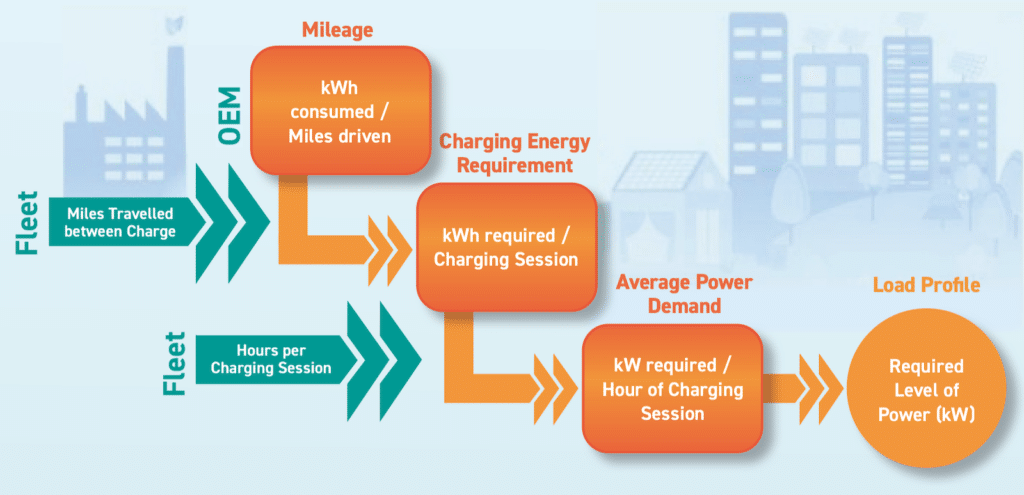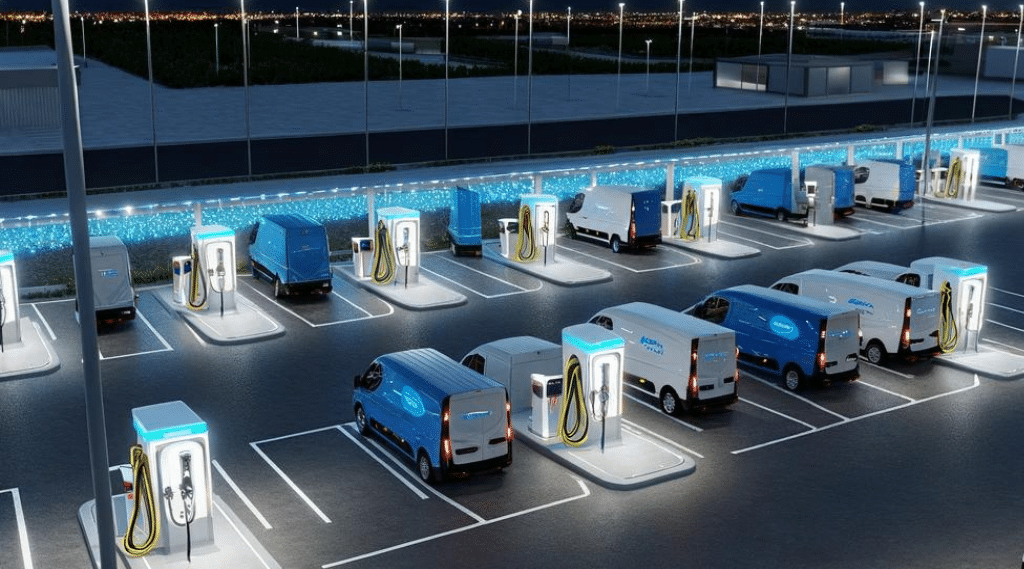Integrating one or two electric vehicles (EVs) into a fleet often appears straightforward, sparing the existing infrastructure from any drastic changes thanks to sufficient on-site power. This simplicity, however, masks the complexity that awaits when fleets embark on a more ambitious path toward electrification.
The decision to transform a depot’s fleet to electric demands more than just enthusiasm; it requires a meticulously crafted strategy. The first step in this journey is a comprehensive needs assessment. This phase is critical for understanding where EVs will deliver the most value and involves a thorough review of potential charging solutions, including innovative fleet electrification models like Charging-as-a-Service (CaaS).
Selecting the right Original Equipment Manufacturer (OEM) partners becomes the next pivotal step. The ideal partners are those whose product lines align with the fleet’s operational needs. This phase necessitates assembling a diverse team comprising fleet management, vehicle OEMs and dealers, local utilities, charger manufacturers, charge management firms, contractors, and builders. Together, they lay the groundwork for a plan that not only meets current needs but also anticipates future requirements, ensuring the fleet’s infrastructure remains robust and futureproofed.
As highlighted by Geotab, planning the charging infrastructure emerges as a formidable challenge. It involves answering critical questions about the optimal placement of charging stations, the number required, and the types of stations that best serve the fleet’s needs.
The choice of charging equipment is another crucial determinant in successfully scaling EVs within a fleet. This decision hinges on whether the fleet opts for Level 2 or the more rapid Level 3 chargers, affecting the number of chargers needed.
Effective planning from the outset can prevent time-consuming setbacks during construction. It ensures the site is equipped with sufficient power to support the additional electric load from the EVs, thereby smoothing the transition process.

The cornerstone of any electrification project’s success is rooted in transparency and open communication among all stakeholders. It’s in the fleet’s best interest to share its long-term visions and current capabilities openly. Implementing a system of “gate checks” to track progress and identify potential obstacles is also crucial. This approach enables timely adjustments to keep the project on track. And post-electrification, it’s essential for fleets to monitor EV performance continuously, including charging costs and the efficiency of electricity use in relation to miles driven.
Electrification of fleet depots is an intricate process that demands expert navigation. Electrada guide you through the complexities of designing, building, and managing your charging infrastructure through 360 CaaS, a complete electric fuel solution for fleets that fully capitalized, scalable, reliable, and performance guaranteed. Get in touch to learn more about ensuring a seamless and efficient transition to a scalable EV fleet.



